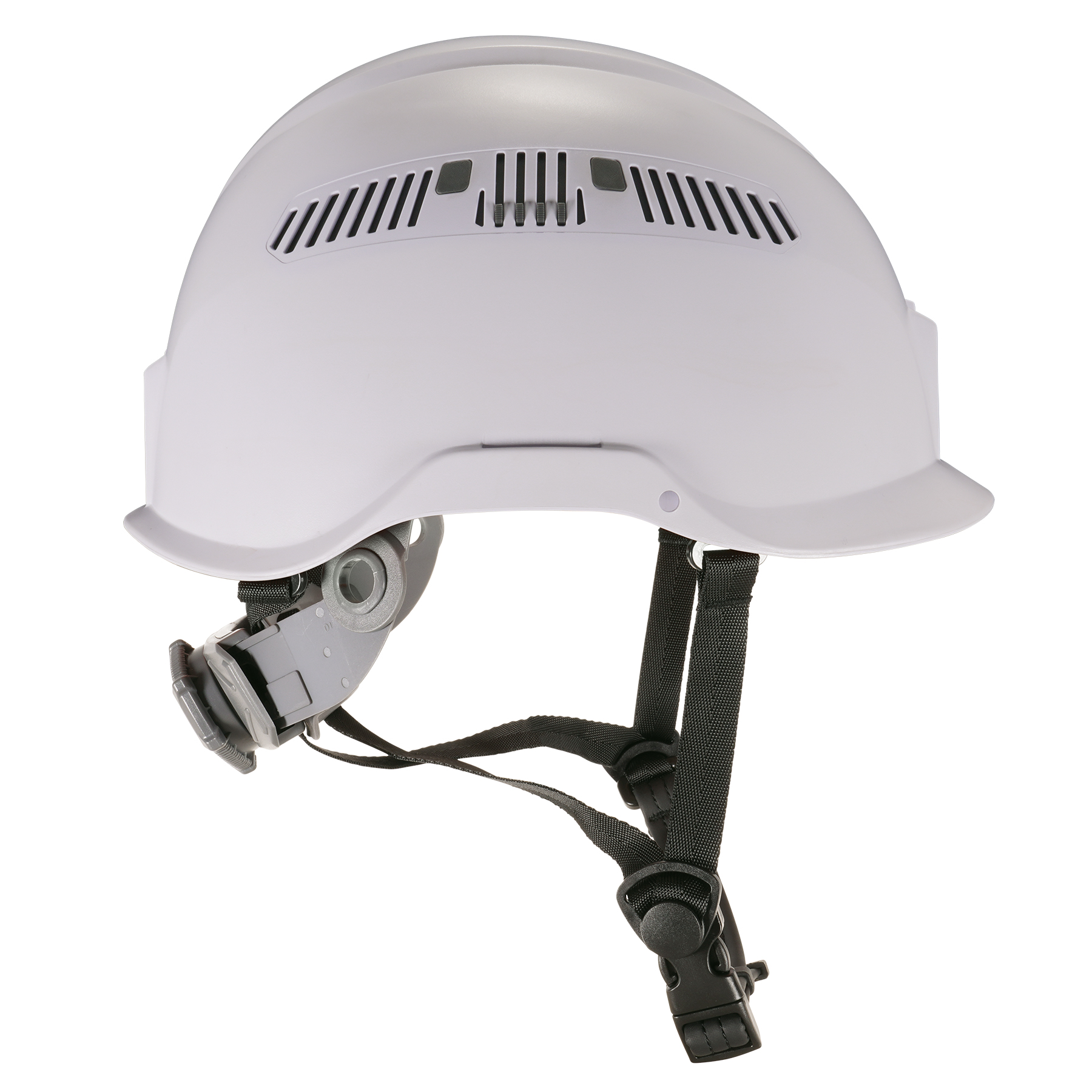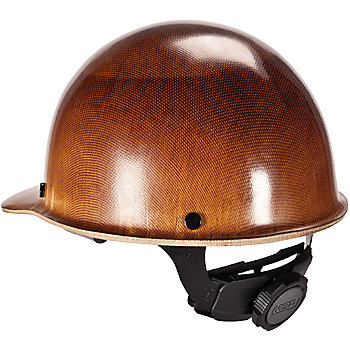Types of Industrial Safety Helmets
Industrial safety helmets are designed to protect workers from head injuries due to falling objects, impact with fixed objects, and electrical hazards. They come in different types and classes based on their protective features and applications. Here’s a detailed overview:

1. Type I Helmets
- Description: Designed to reduce the force of impact resulting from a blow to the top of the head.
- Usage: Commonly used in construction, mining, and general industry where top impact protection is essential.

2. Type II Helmets
- Description: Provides protection against both top and lateral impacts (side, front, and back).
- Usage: Used in environments where there is a risk of impact from multiple directions, such as forestry and certain industrial settings.

3. Class G (General) Helmets
- Description: Offers protection against impact and penetration.
- Electrical Protection: Provides electrical protection up to 2,200 volts.
- Usage: Suitable for most construction and industrial applications.
4. Class E (Electrical) Helmets
- Description: Provides the highest level of protection against electrical hazards.
- Electrical Protection: Protects against high-voltage electrical exposure up to 20,000 volts.
- Usage: Ideal for electricians and workers exposed to high-voltage environments.

5. Class C (Conductive) Helmets
- Description: Offers impact protection but no electrical protection. Often made from conductive materials like aluminum.
- Usage: Used in environments where electrical hazards are not present but where there is still a risk of impact.
6. Bump Caps
- Description: Designed to protect against minor bumps and scrapes, rather than severe impacts.
- Electrical Protection: No electrical protection.
- Usage: Suitable for low-risk environments such as warehouses and maintenance areas.

7. Full-Brim Helmets
- Description: Features a brim that extends around the entire circumference, providing additional protection from sun, rain, and falling debris.
- Electrical Protection: Available in Class G and Class E ratings.
- Usage: Commonly used in outdoor environments like construction sites and roadwork.
8. Cap-Style Helmets
- Description: Similar to a baseball cap with a short brim in the front, offering protection while allowing better upward visibility.
- Electrical Protection: Available in Class G, E, and C ratings.
- Usage: Suitable for various industrial applications where upward visibility is important.
Conclusion
Selecting the appropriate industrial safety helmet is crucial for ensuring worker safety. It involves assessing the specific hazards of the work environment and choosing a helmet that provides adequate protection against those hazards while maintaining comfort and usability for the wearer.

